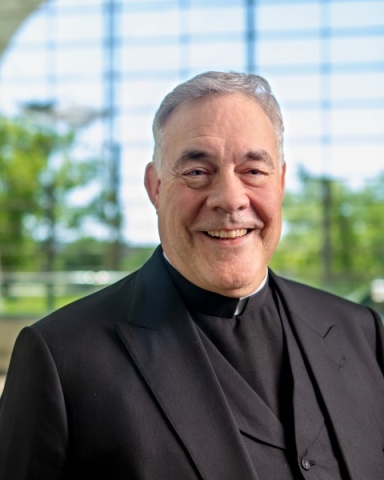Growing up on the East Coast as I did, I was exposed to great art from an early age. I have been fortunate to spend several years living in cultural areas on the West Coast as well. Additionally, my artistic horizons have been expanded into popular aesthetics considerably through my brother, Tony Sirico.
For more than the past quarter century, I have headquartered myself in Grand Rapids, Michigan, a city that I’m told was once briefly a recurring David Letterman punch line during his reign as a late-night television host. In fact, Grand Rapids is home to Michigan’s second-largest population. One of the attractions the city holds for me is its dedication to art of all varieties, from musical concert venues that host pop, rock, country, classical and opera to a vibrant theater scene, museums, bookstores and libraries.
ArtPrize has helped generate national interest in Grand Rapids as a cultural destination...
Each autumn Grand Rapids also hosts its annual ArtPrize, which is explained in detail on page five. ArtPrize has helped generate national interest in Grand Rapids as a cultural destination situated far between New York City and Los Angeles and a three-hour drive from Chicago.
Finally, what I find remarkable and incredibly admirable about ArtPrize is that more than 92 percent of its funding derives from private—not public—sources. Of that public funding, most is from local government. This artistic effort is a huge boon for the city’s small businesses and economy, implemented almost entirely through private enterprise.
My objection to using public money for art derives from the core principles Kris Mauren and I used to establish the Acton Institute for the Study of Religion. While acknowledging art is important to our nation and the people whose lives and concerns it reflects, very rarely is it the case that a government bureaucrat or group of politicians can fulfill adequately the task of spiritually nourishing through art the public it ostensibly serves.
Just as a secular critic may scoff at a publicly funded Pieta, there are many more—both secular and inclined toward religious belief—who’d vociferously object to a certain installation of Andres Serrano and other works in the same sacrilegious sphere. This, however, is only an aesthetic criterion derived from my own deeply held faith.







